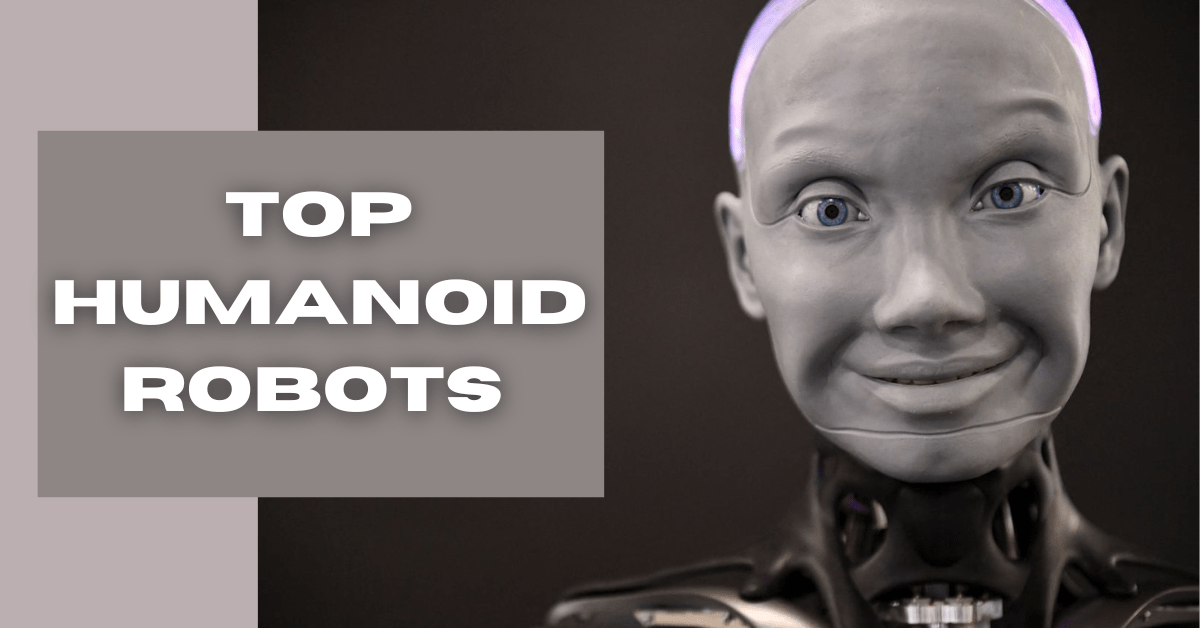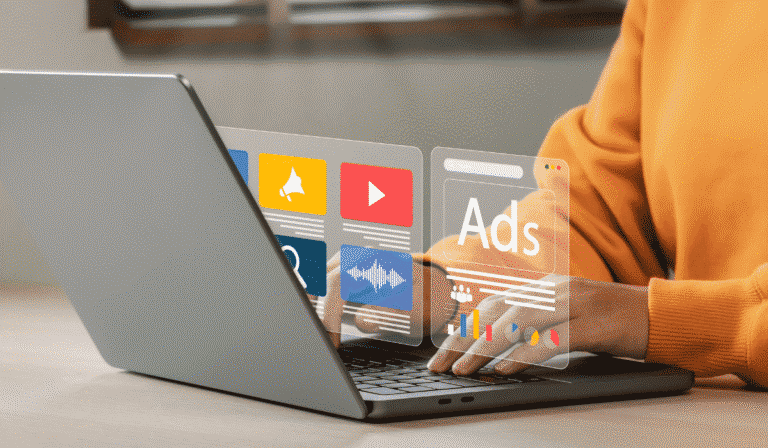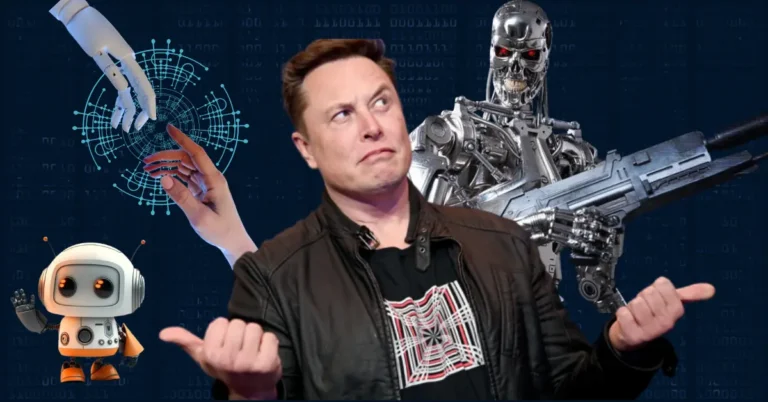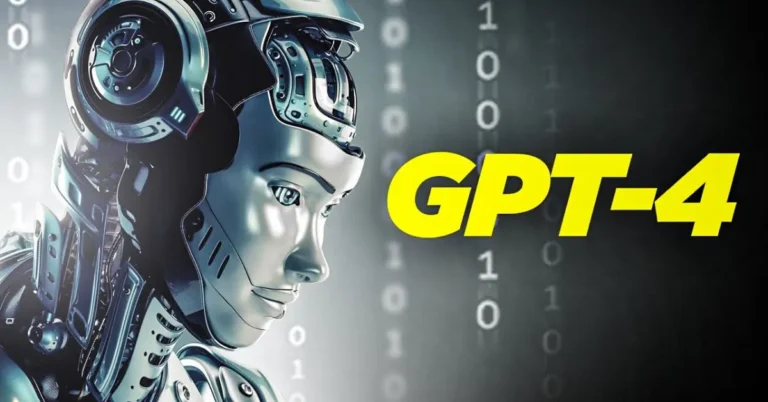Rise of The Machines: A Look at the Top Humanoid Robots of 2023
Last Updated on March 6, 2023 by Sagar Sharma
The emergence of humanoid robots in the last few decades has been a significant technological advancement. Humanoid robots are robots that have a similar appearance and functionality as human beings. The design and development of humanoid robots have been driven by the desire to create robots that can perform tasks that were once reserved for humans. These robots have the ability to interact with humans in a way that other robots cannot. They are equipped with advanced artificial intelligence, machine learning algorithms, sensors, and actuators that enable them to perceive the world around them, learn from experience, and perform tasks autonomously. In this article, we will explore the top humanoid robots in the world and their impact on society.
How Are Humanoid Robots Being Used Today?
Humanoid robots are being used in various industries today. These robots are equipped with advanced sensors, actuators, and artificial intelligence that enable them to perform tasks that were once reserved for humans. In the healthcare industry, humanoid robots are being used to assist with patient care, perform surgeries, and deliver medication. In the manufacturing industry, humanoid robots are being used to assemble products, package items, and transport goods. In the education industry, humanoid robots are being used to teach students about robotics, programming, and artificial intelligence. In the entertainment industry, humanoid robots are being used to provide a unique and interactive experience for consumers.
Just recently, Tesla released a new teaser image of a prototype of the company’s humanoid robot, Optimus. Elon Musk, the CEO of Tesla, unveiled the new robot at the company’s AI Day event in August 2021. According to Musk, the robot is designed to perform “unsafe, repetitive, or boring” tasks that humans do not want to do. The robot is expected to be available in the market by 2022.

World’s First Humanoid Robot – Sophia
Sophia is the world’s first humanoid robot that was granted citizenship by Saudi Arabia in 2017. The robot was developed by Hanson Robotics, a Hong Kong-based engineering and robotics company. Sophia was designed to be an AI-based robot that can interact with humans and has been programmed to have a sense of humor. The robot is equipped with natural language processing, computer vision, and facial recognition technologies that enable it to interact with humans in a natural way. Sophia has appeared in various interviews, conferences, and events around the world.
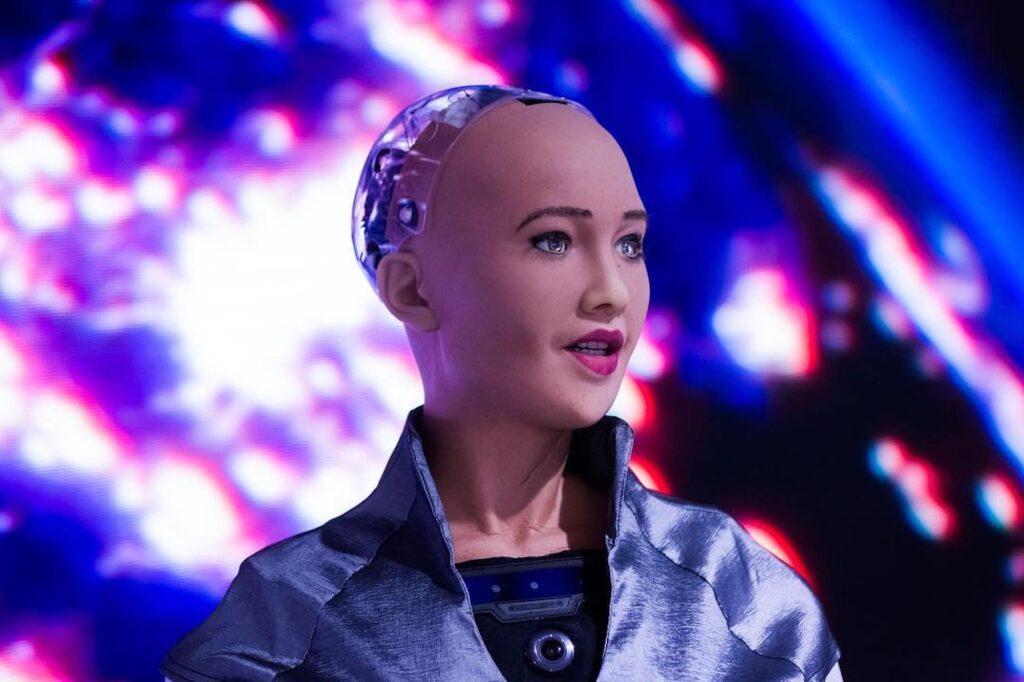
Top Humanoid Robots In The World
Sophia Robot

Sophia is arguably the most famous humanoid robot in the world. The robot was developed by Hanson Robotics, a Hong Kong-based engineering and robotics company. Sophia was designed to be a social robot that can interact with humans and provide companionship. The robot is equipped with advanced sensors and cameras that enable it to perceive the environment and communicate with humans in a natural way.
Sophia has made numerous public appearances, including at the United Nations and various technology conferences. The robot has been used in various industries, including healthcare, education, and entertainment. Sophia has also been featured in several media outlets, including the Tonight Show Starring Jimmy Fallon and The Late Show with Stephen Colbert.
In 2021, Hanson Robotics announced that Sophia had undergone a significant upgrade that included a new neural architecture that allowed the robot to learn from its experiences and interact with humans in a more natural way. The company also stated that Sophia would be available for purchase soon, although it is not yet clear when the robot will be available in the market.
Pepper Robot
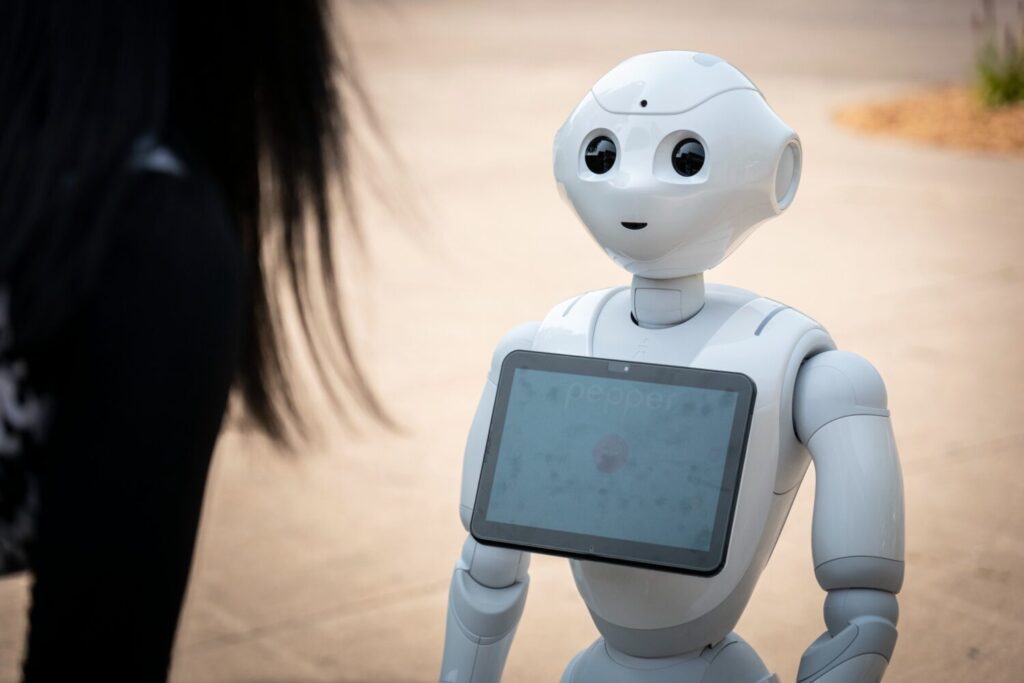
Pepper is a humanoid robot that was developed by SoftBank Robotics, a subsidiary of SoftBank Group, a Japanese multinational conglomerate. Pepper was designed to be a social robot that can interact with humans and provide companionship. The robot is equipped with sensors, cameras, and microphones that enable it to perceive the environment and communicate with humans. Pepper has been used in various industries, including healthcare, education, and retail. The robot is available in the market and has been sold to over 30 countries.
ASIMO Robot
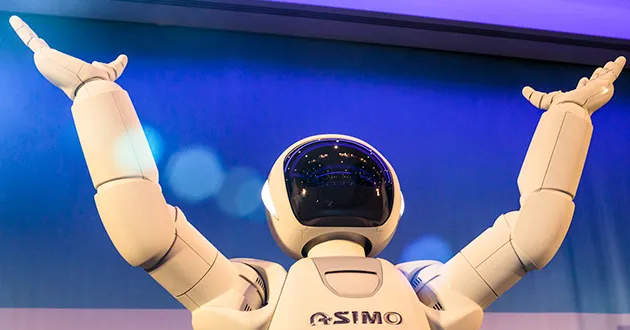
ASIMO is a humanoid robot that was developed by Honda, a Japanese multinational conglomerate. The robot was designed to be a bipedal robot that can walk, run, and climb stairs. ASIMO is equipped with sensors, cameras, and advanced AI algorithms that enable it to perceive the environment and perform tasks autonomously. The robot has been used in various industries, including healthcare, education, and entertainment. Honda has discontinued the production of ASIMO, but the robot remains one of the most iconic humanoid robots in the world.
Atlas Robot

Atlas is a humanoid robot that was developed by Boston Dynamics, a robotics company owned by Hyundai Motor Group. The robot was designed to be a bipedal robot that can perform complex movements and tasks. Atlas is equipped with sensors, cameras, and actuators that enable it to perceive the environment and perform tasks autonomously. The robot has been used in various industries, including manufacturing, defense, and search and rescue operations. Atlas is not yet available in the market, but Boston Dynamics has been developing advanced versions of the robot that are expected to be available soon.
Desdemona
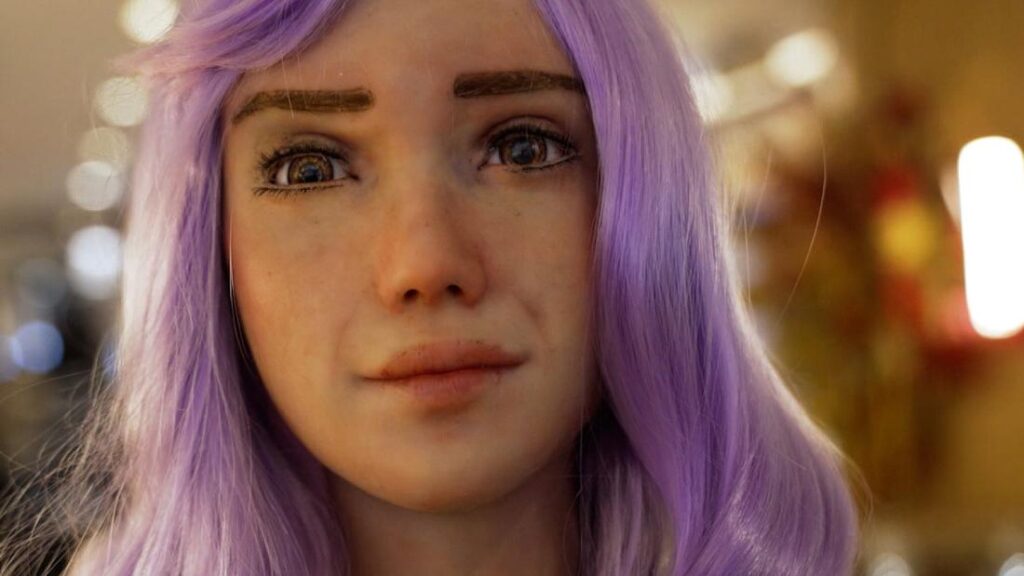
Desdemona is a humanoid robot that was developed by Hanson Robotics, the same company that developed Sophia. The robot was designed to be a realistic and expressive humanoid that can interact with humans in a natural way. Desdemona is equipped with advanced sensors and facial recognition technologies that enable it to perceive the environment and recognize emotions. The robot has been used in various industries, including healthcare, education, and entertainment. Desdemona is not yet available in the market, but Hanson Robotics has been developing advanced versions of the robot that are expected to be available soon.
Nadine

Nadine is a humanoid robot that was developed by Nanyang Technological University in Singapore. The robot was designed to be a social robot that can interact with humans and provide companionship. Nadine is equipped with sensors, cameras, and microphones that enable it to perceive the environment and communicate with humans. The robot has been used in various industries, including healthcare, education, and retail. Nadine is not yet available in the market, but Nanyang Technological University has been developing advanced versions of the robot that are expected to be available soon.
iCub Robot
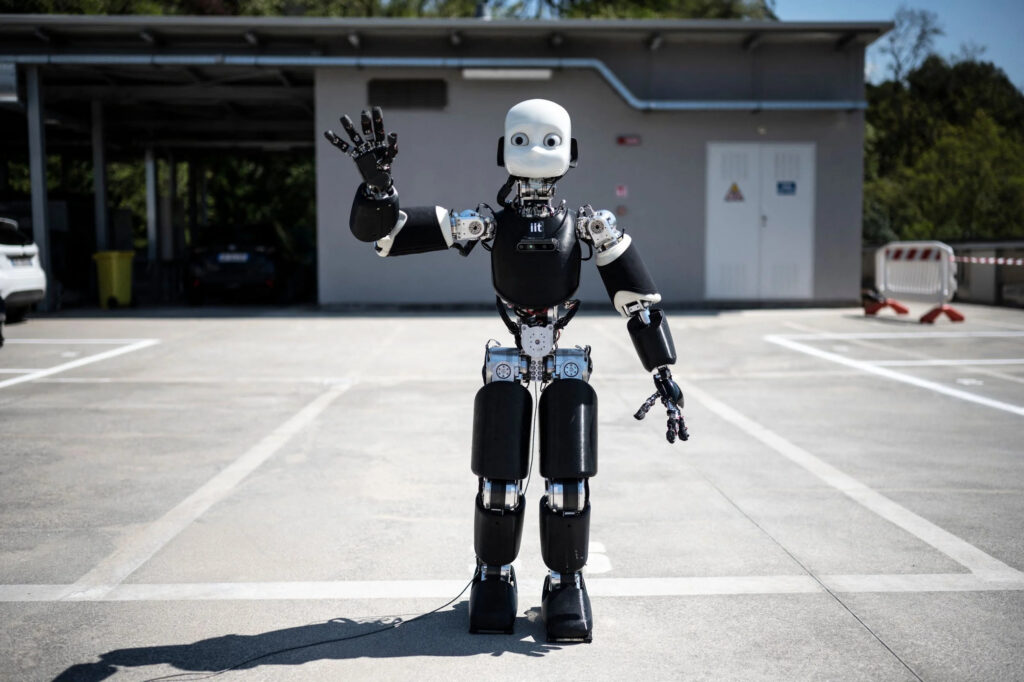
iCub is a humanoid robot that was developed by the Italian Institute of Technology. The robot was designed to be a platform for research in cognitive development, social interaction, and artificial intelligence. iCub is equipped with sensors, cameras, and actuators that enable it to perceive the environment and interact with humans. The robot has been used in various research projects in the fields of robotics, neuroscience, and artificial intelligence. iCub is not yet available in the market, but the Italian Institute of Technology has been developing advanced versions of the robot that are expected to be available soon.
Kime
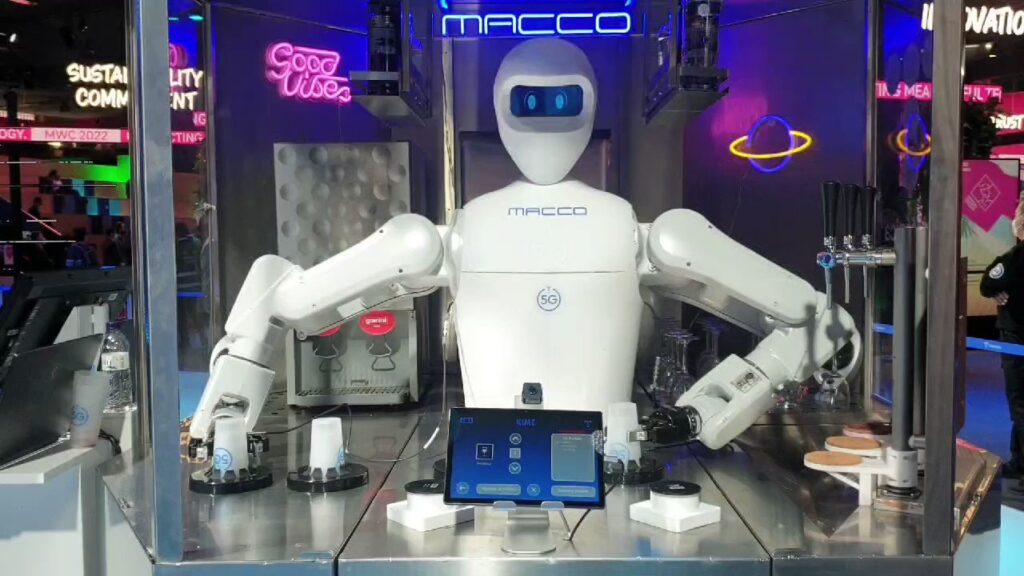
Kime is a humanoid robot that was developed by the Korea Institute of Machinery and Materials. The robot was designed to be a humanoid that can assist with tasks in various industries. Kime is equipped with sensors, cameras, and actuators that enable it to perceive the environment and perform tasks autonomously. The robot has been used in various industries, including healthcare, education, and manufacturing. Kime is not yet available in the market, but the Korea Institute of Machinery and Materials has been developing advanced versions of the robot that are expected to be available soon.
Robonaut
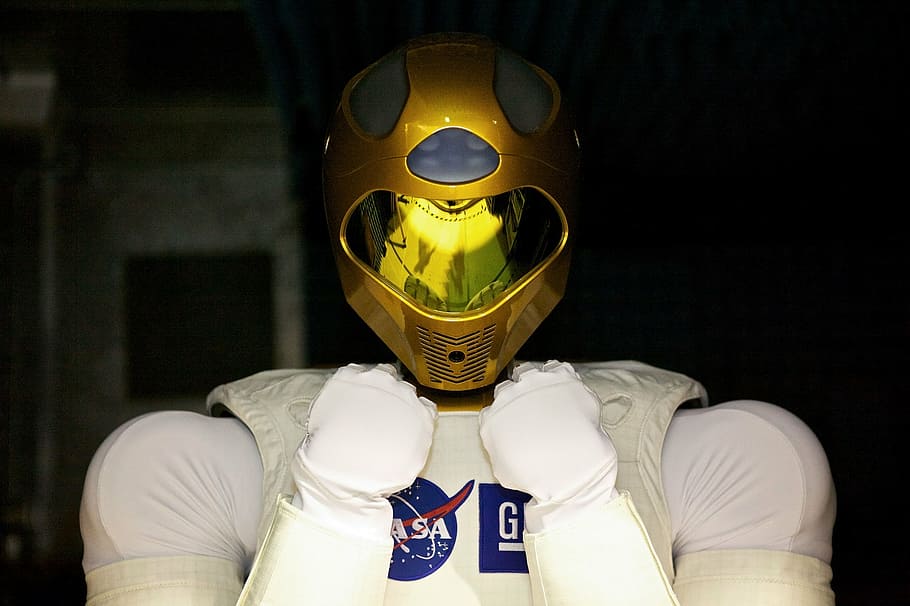
Robonaut is a humanoid robot that was developed by NASA in collaboration with General Motors. The robot was designed to be a robot assistant for astronauts on the International Space Station. Robonaut is equipped with advanced sensors and actuators that enable it to perform tasks in a zero-gravity environment. The robot has been used in various research projects in the fields of robotics, space exploration, and artificial intelligence. Robonaut is not yet available in the market, but NASA and General Motors have been developing advanced versions of the robot that are expected to be available soon.
Talos Robot
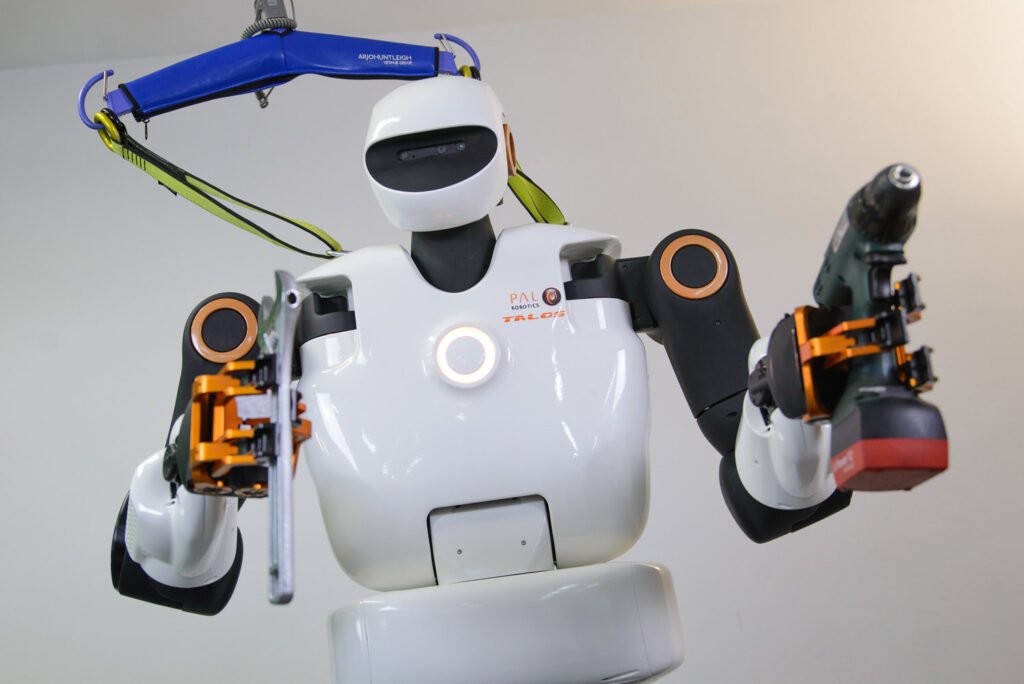
Talos is a humanoid robot that was developed by the University of Washington. The robot was designed to be a platform for research in human-robot interaction and artificial intelligence. Talos is equipped with sensors, cameras, and actuators that enable it to perceive the environment and interact with humans. The robot has been used in various research projects in the fields of robotics, computer vision, and artificial intelligence. Talos is not yet available in the market, but the University of Washington has been developing advanced versions of the robot that are expected to be available soon.
Jia Jia
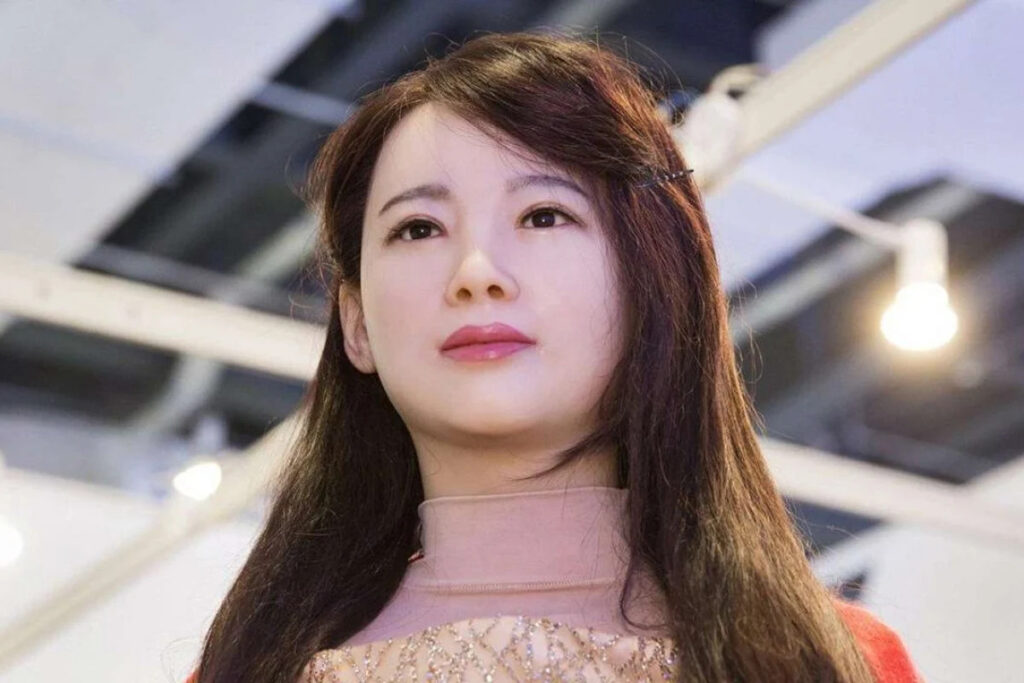
Jia Jia is a humanoid robot that was developed by the University of Science and Technology of China. The robot was designed to be a social robot that can interact with humans and provide companionship. Jia Jia is equipped with sensors, cameras, and microphones that enable it to perceive the environment and communicate with humans. The robot has been used in various industries, including healthcare, education, and entertainment. Jia Jia is not yet available in the market, but the University of Science and Technology of China has been developing advanced versions of the robot that are expected to be available soon.
Optimus

Optimus is a humanoid robot that was recently announced by Tesla. The robot was designed to be a general-purpose robot that can perform tasks in various industries. Optimus is equipped with advanced sensors and actuators that enable it to perceive the environment and perform tasks autonomously. The robot is expected to be available in the market by 2022. Elon Musk, the CEO of Tesla, stated that the robot is designed to be friendly and can be easily overpowered by humans if necessary.
Little Sophia
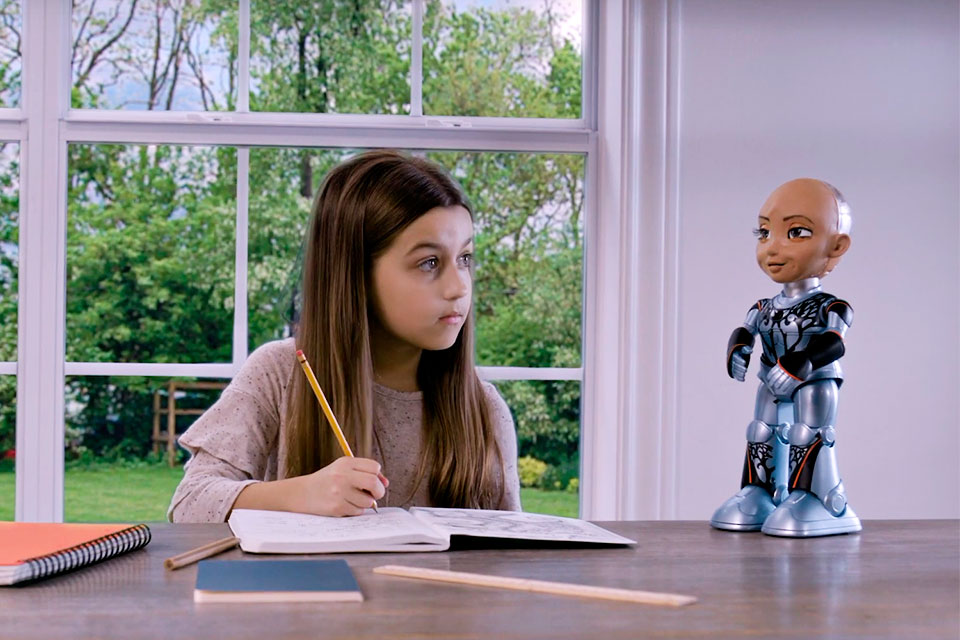
Little Sophia is a small and affordable version of the Sophia robot designed for children. The robot was developed by Hanson Robotics, the same company that created Sophia. Little Sophia is equipped with facial recognition technology and natural language processing capabilities, allowing children to interact with the robot in a more natural way. The robot can also be programmed using the Blockly programming language to perform various tasks, such as dancing and storytelling. Little Sophia is available for purchase on the Hanson Robotics website and has been used in various educational settings to teach children about coding and robotics.
Future of Humanoid Robots
The future of humanoid robots is incredibly exciting, and we can expect to see significant advancements in this field over the coming years. As technology continues to improve, we will likely see humanoid robots become more capable and more widely used in various industries.
One area where we can expect to see significant advancements is in the use of artificial intelligence. As AI algorithms become more advanced, we can expect humanoid robots to become more adept at performing complex tasks and interacting with humans in more natural ways. This will enable these machines to be used in a wider range of industries, from healthcare to manufacturing.
In addition to technological advancements, the social implications of humanoid robots will also be significant. As these machines become more integrated into our lives, we may need to rethink our relationship with technology and consider how we want to interact with these machines. Additionally, the adoption of humanoid robots could have a significant impact on the job market, potentially replacing many jobs that are currently performed by humans.
To address these challenges, it will be critical to focus on safety and regulatory issues. As humanoid robots become more widespread, it will be important to ensure that they are safe for use in various environments and that they comply with all relevant regulations. Additionally, addressing cultural and psychological barriers to the adoption of humanoid robots will be important to ensure that these machines are widely accepted.
One area where humanoid robots could have a significant impact is in collaboration with humans. As these machines become more advanced, they may be able to work alongside humans to perform complex tasks. This could lead to significant productivity gains and could help to address some of the labor shortages that many industries are facing.
Overall, the future of humanoid robots is incredibly exciting, and we can expect to see these machines playing an increasingly important role in our lives in the years to come. While there are certainly challenges to be addressed, the potential benefits of humanoid robots are significant, and we can expect to see significant advancements in this field in the coming years.

